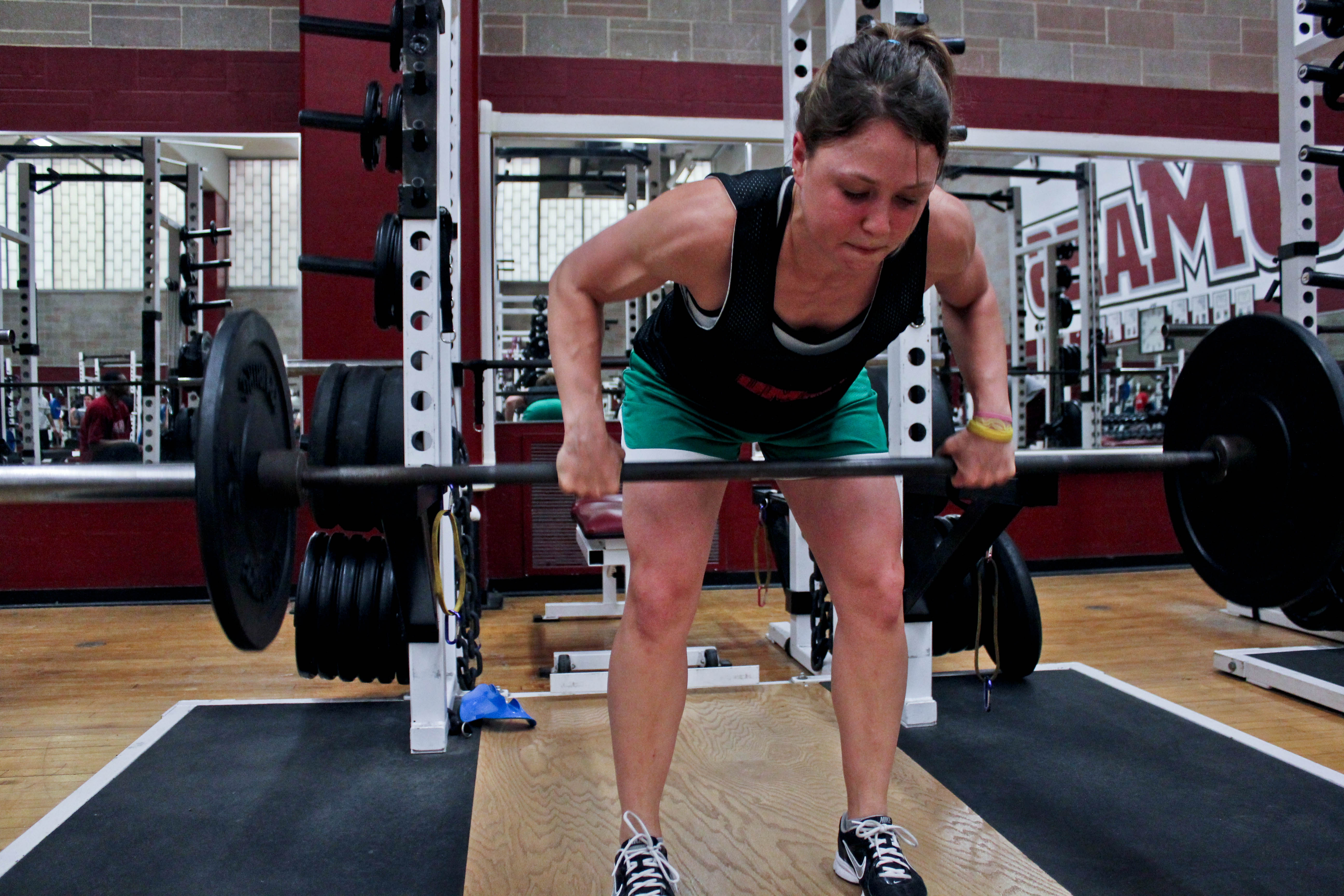The reason why an injury has occurred is often to be found in the trainee's weaker muscles. Basically, when the technique breaks down during a list, the cause is often certain weak muscles. Let's say the trainee's abdominal muscles are weak – what do you think will happen when he tries to deadlift or squat heavy? Naturally, doing the exercises correctly and in an incrementally-loaded fashion over some months will allow the trainee's abs to also become strengthened. But at a certain point, these assistance muscles will no longer be able to keep up with the rapidly increasing strength of the bigger muscles, like the quads.
The result of this phenomenon is injury. But by using this knowledge, it becomes clear how the trainee can prevent more injuries of the same kind. Since the problem is caused by one thing, and one thing only, the trainee just needs to fix this single thing. The trainee must figure out which part of his body that is weak, and fix his weakness.

The muscles of the back keep the spine solid during the deadlift and the squat, and in order to minimize the risk for injury, the back needs to be very strong. However, if the trainee is already injured, then deadlifts are not an option. Other ways to strengthen the back are necessary, but it must be done in a way that ensures that too much stress is not placed on the trainee's back. Some of the exercises that will allow this to happen are different variations of the row. Rows that are down below a horizontal position are especially great, since the strengthen the mid-section of the back, which is where most of the stabilization of the spine is being done. So, in order to fix back problems during the squat or deadlift, horizontal rows are very important.
